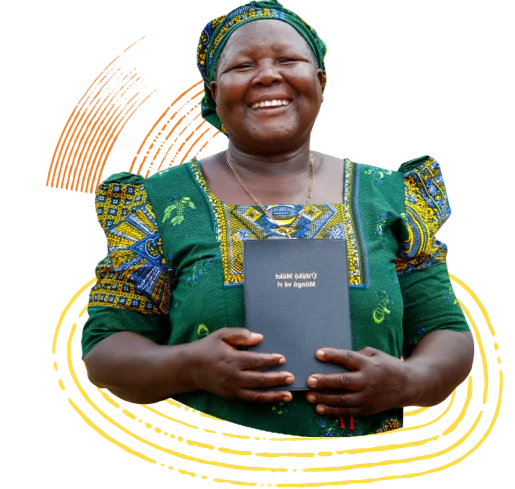How do we choose a Bible translation that is easy to read, engaging and accurate?
It can often be so difficult, with so much choice we don’t know where to begin. Do we choose the KJV, ESV, NIV, NLT or something else? In this article, we aim to help you refine your choice to select the best Bible translation for you, so that you can know Jesus through the Bible.
A good Bible translation will be four things: accurate, clear to understand, natural to read and accessible. So what do we mean by that?
Accurate
Accuracy is the most important quality of a good translation. An accurate translation is one that conveys the same meaning as the original. Or gets as close as possible to communicating the original meaning. Finding exact equivalents for specific words or biblical ideas across different languages (such as Hebrew or Greek to English) is often very challenging. Yet, difficult as it may be, the translator strives to find the closest possible equivalent to convey the same meaning. Why not check out our other article about how the Bible is translated. Most modern English translations are considered very accurate. The KJV, ESV, NIV and NLT are all widely used by churches in the UK and Ireland.
Clear
A good translation will make the meaning of a passage or story as clear as possible and will be easy to understand. It will not be confusing or ambiguous. It’s unhelpful when you read a translation and wonder what it means.
You can try out lots of different translations online at places like biblegateway.com to see which one you find easiest to understand. Sometimes comparing multiple translations side-by-side can be helpful too.
Natural
A good translation will reflect the natural usage of your language. We each have natural patterns that make our language sound beautiful. An unnatural translation will sound stilted and be hard to understand. So you won’t enjoy reading it. But you will enjoy using a natural translation and will readily understand the meaning.
Try different versions to see which you most enjoy using. It has been said that the best Bible translation is probably the one you’ll read! Changing translations from time to time can also be a great way to get a fresh perspective on a familiar passage.
Accessible
The Bible has been translated into English and other languages so that people like you and me want to read it and see our lives transformed as we read and encounter God through it. We don’t want it to sit on a shelf. To have a translation that is accessible to you it is critical you choose to engage with it in the right format. Whether it is printed or on your phone, read or listened to, so that you want to engage with it and encounter God.
We hope this has helped you to know what to look out for when choosing the best Bible translation for you to read. But before you go, did you know that 1 in 5 people worldwide are waiting to have even one Bible translation available in their language? While we struggle to choose which translation to select, there are 1.5 billion people without the Bible available in their language.
That’s why we work with partners all around the world to help create a world where everyone can know Jesus through the Bible. Follow the link below to learn more about Wycliffe, and how you can play your part in Bible translation.



